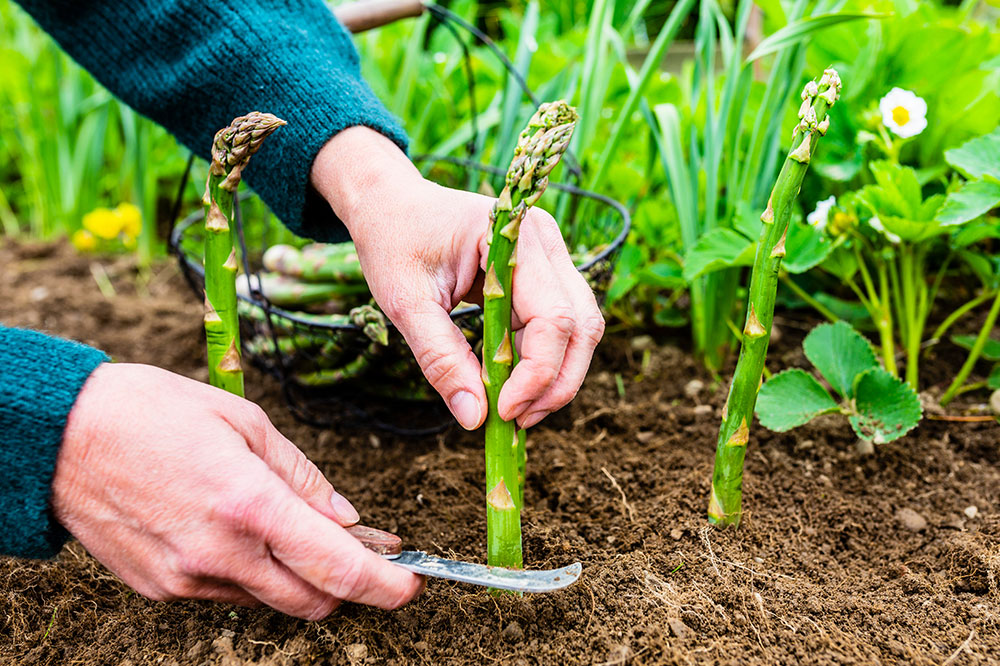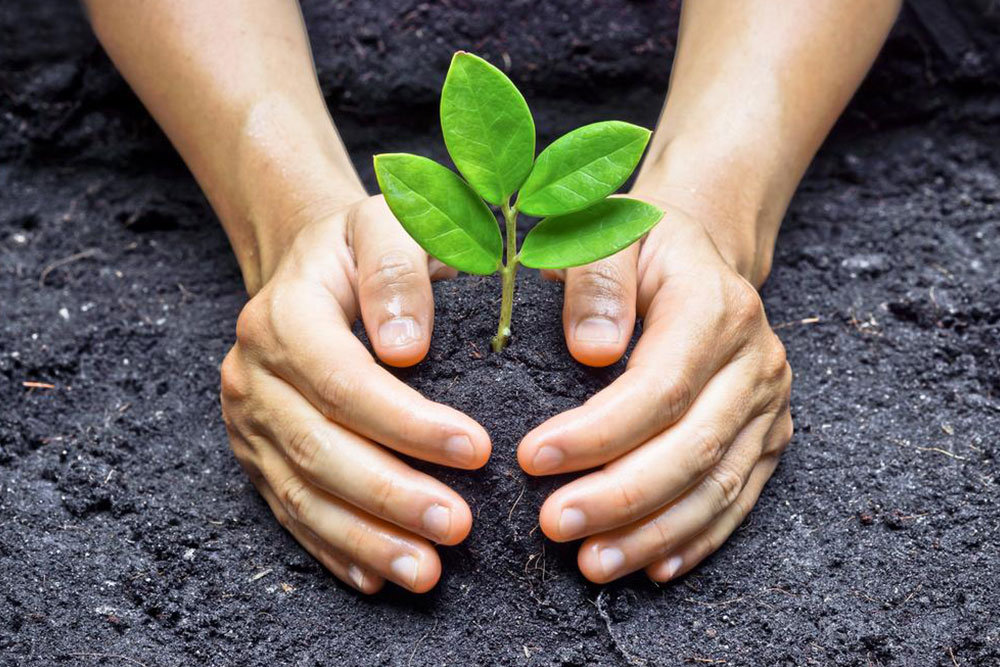A Complete Guide to Growing Fresh Asparagus at Home
Learn how to cultivate fresh asparagus with this comprehensive guide. From soil preparation and planting to care and harvesting, discover expert tips to grow healthy, delicious spears in your home garden. Ideal for all gardening levels, this guide helps you enjoy the benefits of homegrown asparagus year after year.

Complete Guide to Growing Fresh Asparagus at Home
Asparagus is a highly preferred vegetable among gardening enthusiasts and culinary enthusiasts because of its nutritional benefits and delicious flavor. Cultivating asparagus in your backyard can be a fulfilling experience. This detailed guide offers practical advice from choosing the right location to harvesting your harvest. By following these steps, you can successfully grow this nutritious vegetable. Here's how to begin your asparagus growing journey:
The planting site should have soil with a pH level between 6.0 and 7.0, rich in nutrients, well-draining, and slightly acidic. Select a location with plenty of space, ideally receiving at least 6-8 hours of direct sunlight daily, as asparagus prefers full sun. Avoid planting too close to other crops to ensure proper growth and spreading.
Preparing the Planting Area
Remove weeds and grass using tillers or hand tools. Enhance the soil with compost or aged manure to increase fertility. Proper site preparation is essential for healthy, vigorous plants.
Planting Asparagus Crowns
One-year-old asparagus crowns are recommended, available at garden centers or online sources. Plant in early spring when soil temperatures are warmer. Dig a trench approximately 6 inches deep and 12 inches wide. Space the crowns 12 to 18 inches apart. Cover them with 2-3 inches of soil and periodically mound soil around the plants as they grow, a process called 'hilling,' to safeguard the roots.
Providing Care for Asparagus Plants
Keep the soil evenly moist by watering deeply once or twice a week, especially during dry periods. Use mulch to conserve moisture and prevent weeds. Apply a balanced fertilizer in early spring and mid-summer to foster healthy growth.
Harvesting Tips
Let the plants establish for two years without harvesting to develop strong roots. In the third year, pick spears that are 6-8 inches tall, cutting just above the soil. Harvest every two to three days, stopping after 6-8 weeks or once spear growth diminishes. Allow foliage to grow afterward to store energy for future harvests.
Ideal Growing Conditions
Early spring, around March or April, is the best time to plant, when soil has warmed sufficiently. In warmer climates, fall planting is an option but less common. Ensure the area has proper drainage, adequate sunlight, and moderate temperatures. Proper timing helps plants establish before high summer heat, leading to productive yields year after year.
Summary
Growing asparagus can be simple and rewarding with proper preparation. Plant early in spring, ensure well-draining soil, and provide plenty of sunlight. Consistent care yields healthy plants that produce tender spears annually. Whether you're new to gardening or experienced, cultivating asparagus can improve your home garden and supply fresh, nutritious spears for your meals.


